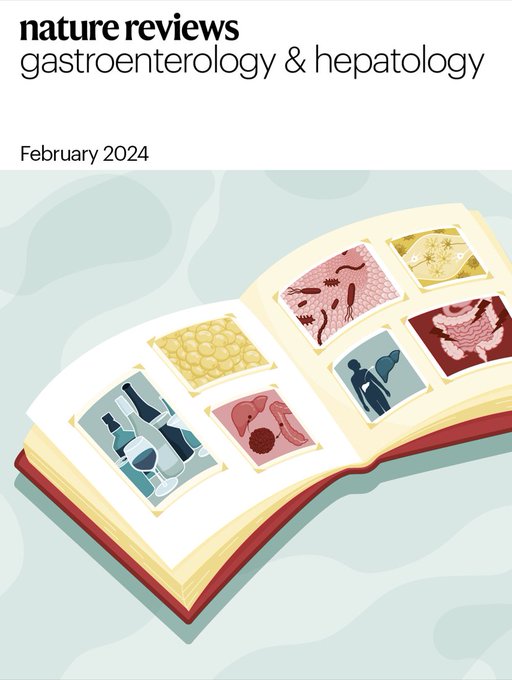Cell therapy for liver disorders: past, present and future
IF 51
1区 医学
Q1 GASTROENTEROLOGY & HEPATOLOGY
引用次数: 0
Abstract
The liver fulfils a plethora of vital functions and, due to their importance, liver dysfunction has life-threatening consequences. Liver disorders currently account for more than two million deaths annually worldwide and can be classified broadly into three groups, considering their onset and aetiology, as acute liver diseases, inherited metabolic disorders and chronic liver diseases. In the most advanced and severe forms leading to liver failure, liver transplantation is the only treatment available, which has many associated drawbacks, including a shortage of organ donors. Cell therapy via fully mature cell transplantation is an advantageous alternative that may be able to restore a damaged organ’s functionality or serve as a bridge until regeneration can occur. Pioneering work has shown that transplanting adult hepatocytes can support liver recovery. However, primary hepatocytes cannot be grown extensively in vitro as they rapidly lose their metabolic activity. Therefore, different cell sources are currently being tested as alternatives to primary cells. Human pluripotent stem cell-derived cells, chemically induced liver progenitors, or ‘liver’ organoids, hold great promise for developing new cell therapies for acute and chronic liver diseases. This Review focuses on the advantages and drawbacks of distinct cell sources and the relative strategies to address different therapeutic needs in distinct liver diseases. The burden of liver disorders increases worldwide as does the necessity for new treatments. This Review discusses cell therapy as an alternative therapeutic strategy for liver transplantation, the pros and cons, and the future technological potential.


肝脏疾病的细胞治疗:过去,现在和未来
肝脏有许多重要的功能,由于它们的重要性,肝功能障碍会导致危及生命的后果。肝脏疾病目前在全世界每年造成200多万人死亡,考虑到其发病和病因,可大致分为三类,即急性肝病、遗传性代谢紊乱和慢性肝病。在导致肝功能衰竭的最晚期和最严重的形式中,肝移植是唯一可用的治疗方法,它有许多相关的缺点,包括器官捐赠者的短缺。通过完全成熟的细胞移植进行细胞治疗是一种有利的选择,它可能能够恢复受损器官的功能,或者作为一个桥梁,直到再生发生。开创性的工作表明,移植成人肝细胞可以支持肝脏恢复。然而,原代肝细胞不能在体外广泛生长,因为它们会迅速失去代谢活性。因此,目前正在测试不同的细胞来源作为原代细胞的替代品。人类多能干细胞衍生的细胞,化学诱导的肝祖细胞,或“肝”类器官,在开发急性和慢性肝病的新细胞疗法方面具有很大的希望。本文综述了不同细胞来源的优点和缺点,以及针对不同肝脏疾病的不同治疗需求的相关策略。
本文章由计算机程序翻译,如有差异,请以英文原文为准。
求助全文
约1分钟内获得全文
求助全文
来源期刊
CiteScore
52.30
自引率
0.60%
发文量
147
审稿时长
6-12 weeks
期刊介绍:
Nature Reviews Gastroenterology & Hepatology aims to serve as the leading resource for Reviews and commentaries within the scientific and medical communities it caters to. The journal strives to maintain authority, accessibility, and clarity in its published articles, which are complemented by easily understandable figures, tables, and other display items. Dedicated to providing exceptional service to authors, referees, and readers, the editorial team works diligently to maximize the usefulness and impact of each publication.
The journal encompasses a wide range of content types, including Research Highlights, News & Views, Comments, Reviews, Perspectives, and Consensus Statements, all pertinent to gastroenterologists and hepatologists. With its broad scope, Nature Reviews Gastroenterology & Hepatology ensures that its articles reach a diverse audience, aiming for the widest possible dissemination of valuable information.
Nature Reviews Gastroenterology & Hepatology is part of the Nature Reviews portfolio of journals.

 求助内容:
求助内容: 应助结果提醒方式:
应助结果提醒方式:


